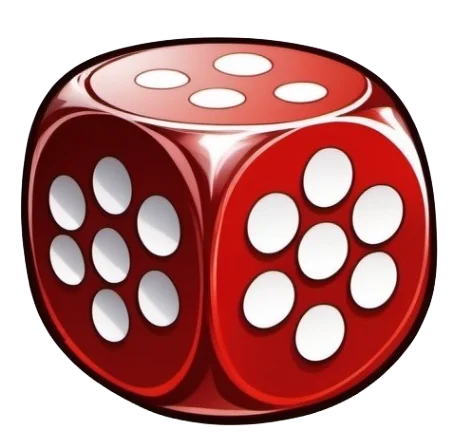Courier Chess (1202)
Input:
Courier chess, also known as German chess, is a historical chess variant that dates back to the 12th century and was popular for at least 600 years. It played a significant role in the evolution of modern chess, bridging the gap between medieval chess and the chess we play today.
Some key aspects of courier chess include:
Game Components of Courier Chess
How To Setup Courier Chess
The game is set up on an 8×12 board with specific piece placements:
Gameplay Mechanics and Game Objective
– Players alternate turns, moving one piece per turn according to its specific movement rules.
– Captures are made by moving a piece onto a square occupied by an enemy piece.
– Pawns promote to a medieval queen upon reaching the opposite side of the board.
– No official stalemate or bare king rules in medieval times, but inferred to be similar to medieval chess rules.
Player Experience
Courier Chess offers a unique and challenging experience due to its expanded board and variety of pieces. The game requires strategic thinking and adaptation to the different piece movements, which can be both intriguing and complex. The absence of modern chess rules like castling and the double advance for pawns adds a layer of simplicity and historical charm.
Pros
Cons
Personal Thoughts on Courier Chess
Courier Chess is ideal for those interested in historical board games and chess variants. It appeals to players who enjoy complex strategies and are curious about the evolution of chess. However, it may not be the best choice for casual players looking for a quick game, as it requires a significant investment of time and effort to learn and master.
We are supported by our audience. When you purchase through links on our site, we may earn an affiliate commission, at no extra cost for you. Learn more.
